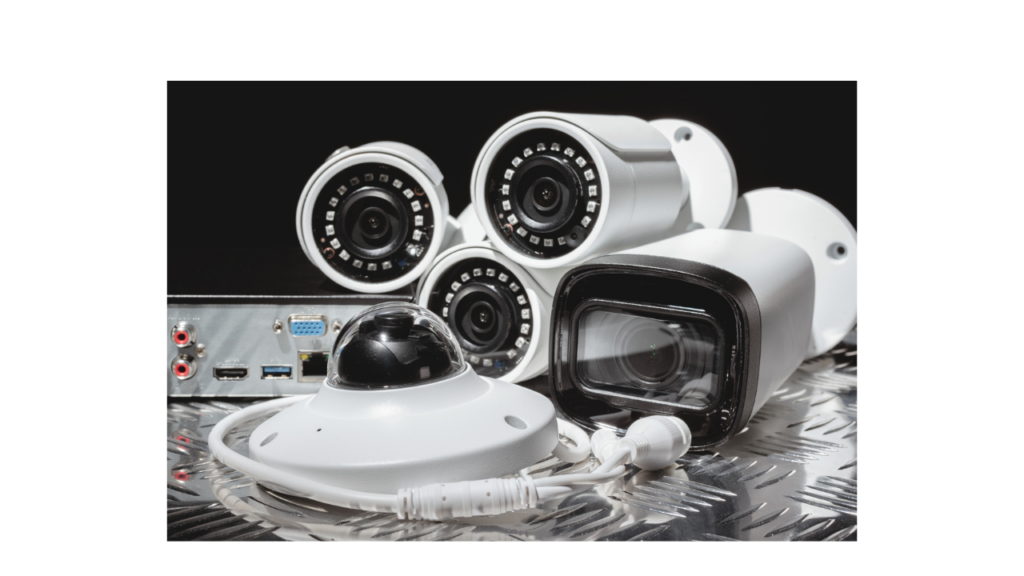How You Can Still Stay Secure With Slow Internet With NVR’s
An onsite Network Video Recorder (NVR) is a device used in video surveillance systems to store, manage, and retrieve video footage captured by security cameras. Unlike cloud-based solutions, NVRs store video footage locally on dedicated hard drives. This ensures that video data is available even if the internet connection is lost, and it can provide faster access to recorded content. The term “onsite” implies that the NVR is physically located at the same premises or site where the surveillance cameras are installed.
The primary function of an NVR is to record video footage from connected cameras. This makes it easier for users to organize, control, and access recordings from a single interface, streamlining the monitoring process. NVR systems are scalable, allowing users to easily add or remove cameras as needed. This flexibility makes it simple to expand the surveillance system as the security requirements of a location evolve. NVR systems can record continuously or based on a schedule.

Many NVRs support motion detection capabilities as well. When configured, the NVR can trigger alerts or notifications when motion is detected in specified areas, reducing the need to continuously monitor live feeds and enabling a proactive response to potential security incidents. All recorded video is stored in digital format on the NVR’s internal hard drives. Onsite NVRs come equipped with built-in hard drives that provide storage capacity for recorded video. The storage capacity can vary depending on the NVR model and the number of cameras connected. Some NVRs also support external storage options for additional capacity.
An onsite NVR connects to the surveillance cameras over a local network, typically using Ethernet cables or wireless connections. This network allows the cameras to transmit video data to the NVR for storage and processing. Many modern onsite NVRs offer remote access capabilities, allowing users to view live or recorded video footage from the surveillance cameras over the internet. This is particularly valuable for security personnel and business owners who need to monitor their premises remotely. Onsite NVRs typically have a user-friendly interface accessed through a web browser or dedicated software. This interface allows users to configure camera settings, view live feeds, playback recorded footage, and manage other system settings.

Security is a critical aspect of video surveillance systems. Onsite NVRs often include features such as user authentication, access control, and encryption to ensure that only authorized individuals can access and manage the system. Some NVRs support integration with other security systems or devices, such as alarms, access control systems, and analytics tools. This integration enhances the overall security infrastructure and provides a more comprehensive surveillance solution. NVRs also typically support high-resolution video recording, providing clearer and more detailed footage. This is essential for identifying faces, license plates, or other critical details in the recorded video.
By combining security cameras with an NVR, users can create a powerful and customizable video surveillance system tailored to their specific needs and security objectives. Using an onsite NVR for security cameras offers the advantage of localized storage and processing, which can be beneficial in situations where a reliable and immediate response to security events is crucial. It also provides a level of independence from external factors, such as internet connectivity, that might affect cloud-based solutions.


No responses yet